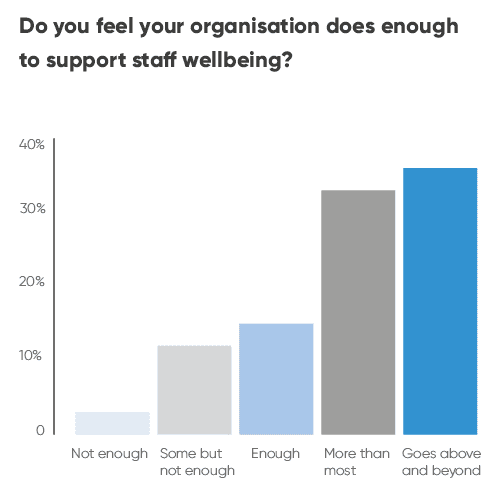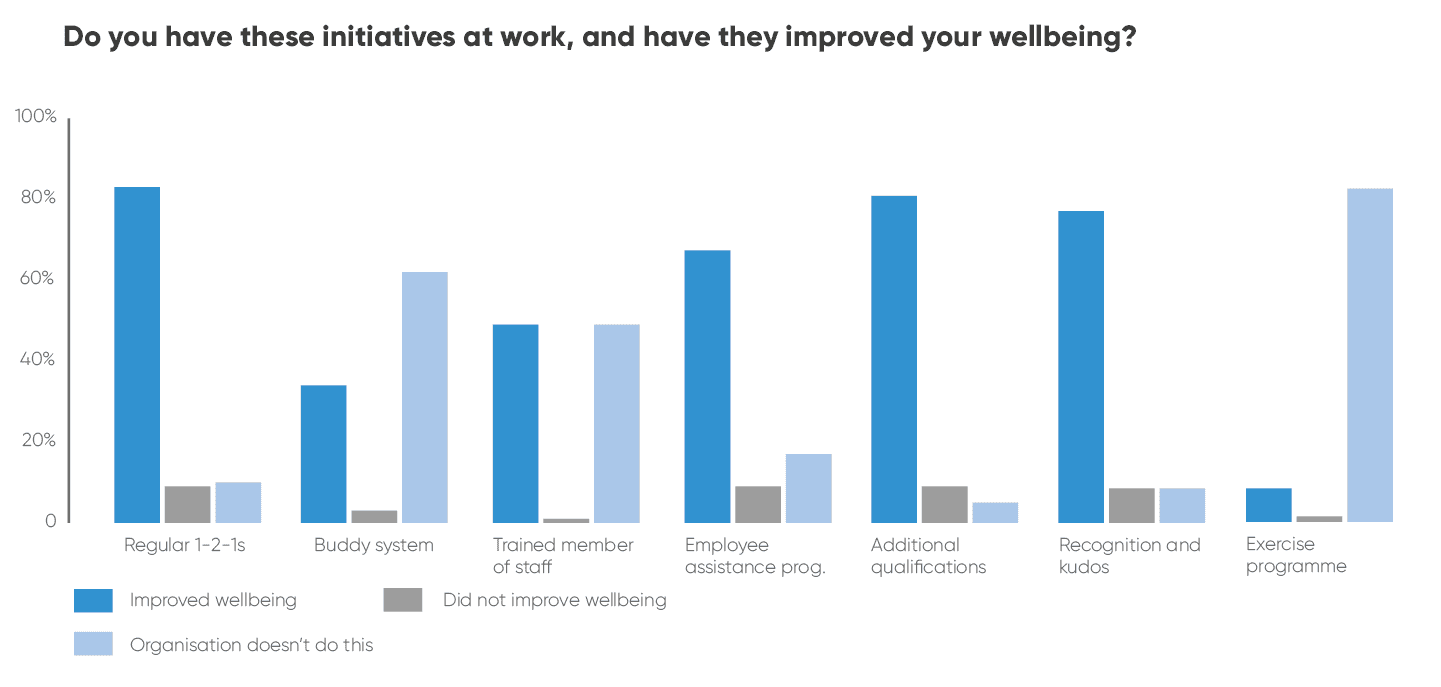
How improving carer wellbeing can boost job satisfaction
By Jayne Scarman, Head of Marketing and Wellbeing Champion Unique IQ
Wellbeing is widely touted as one of the solutions to the recruitment and retention crisis in care. And the business case for focusing on wellbeing at work is sound. But to what extent has that translated into action within the care sector?
To answer this question, we surveyed our home care customers to find out their thoughts on wellbeing at work.
We wanted to know which carer wellbeing initiatives were being introduced in the care sector and what the impact of those had been. We also sought evidence of whether wellbeing was seen as a priority in care. In short, does wellbeing make a difference to care workers? The results were emphatic.
What we learned about carer wellbeing from our surve
Following on from the results of our survey of care workers conducted in May 2022, among those surveyed, there was an overwhelmingly positive response to wellbeing at work, with three main findings.
Wellbeing is important to care workers – 99% of carer respondents said it was very important to them that the organisation they work for supports their wellbeing.
Wellbeing has a positive impact on care workers – 100% of respondents said that improving staff wellbeing has a positive impact on their overall job satisfaction.
Wellbeing is becoming a priority for most care agencies – 70% of respondents felt that the organisations they work for had a genuine focus on wellbeing.

How wellbeing initiatives are making a difference
We asked our survey respondents what if any, wellbeing initiatives were being conducted at their place of work and whether they had a positive impact on their personal sense of wellbeing.
Where wellbeing initiatives had been introduced, our respondents felt they had a largely positive impact and improved their levels of wellbeing. Very few (less than 10%) felt wellbeing programmes had made no difference to their working lives.

The most widespread practices in place were regular 1-2-1s, recognition schemes and offering employees additional training. Approximately 88% of organisations had implemented these three approaches. Most respondents felt these initiatives had a positive impact on wellbeing.
Most interesting though was the potential for initiatives that are currently less widespread. Only 37% of organisations had introduced a buddy scheme. But of those that had, 92% of respondents said it had a positive impact on their wellbeing. Similarly, half of the organisations provided access to a trained individual like a mental health first aider, which resulted in a 97% positive impact.
This shows that low-cost initiatives can have a real impact – with great potential for improving the wellbeing of the care sector.
Want to know more about wellbeing in the workplace? Check out our comprehensive wellbeing knowledge hub.